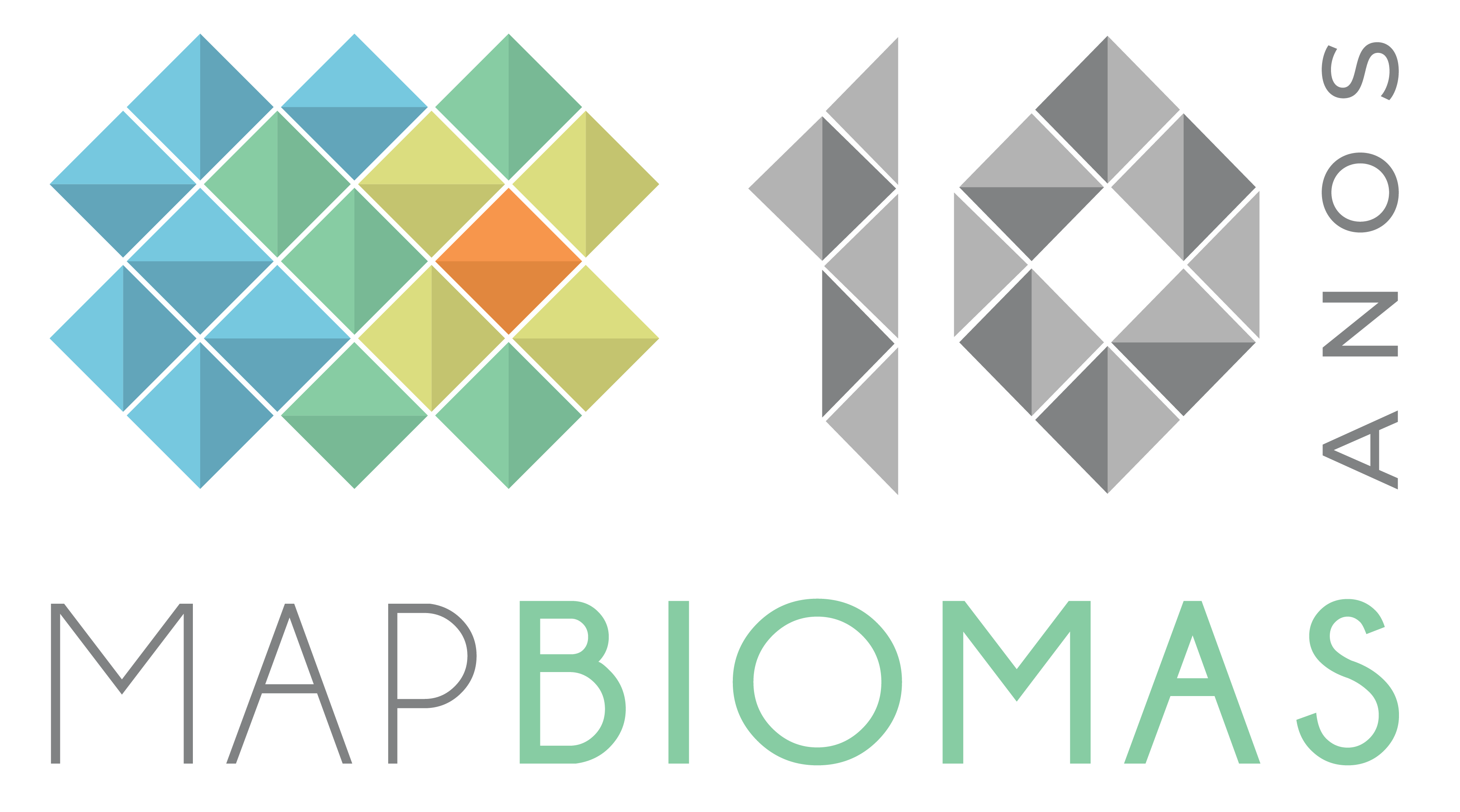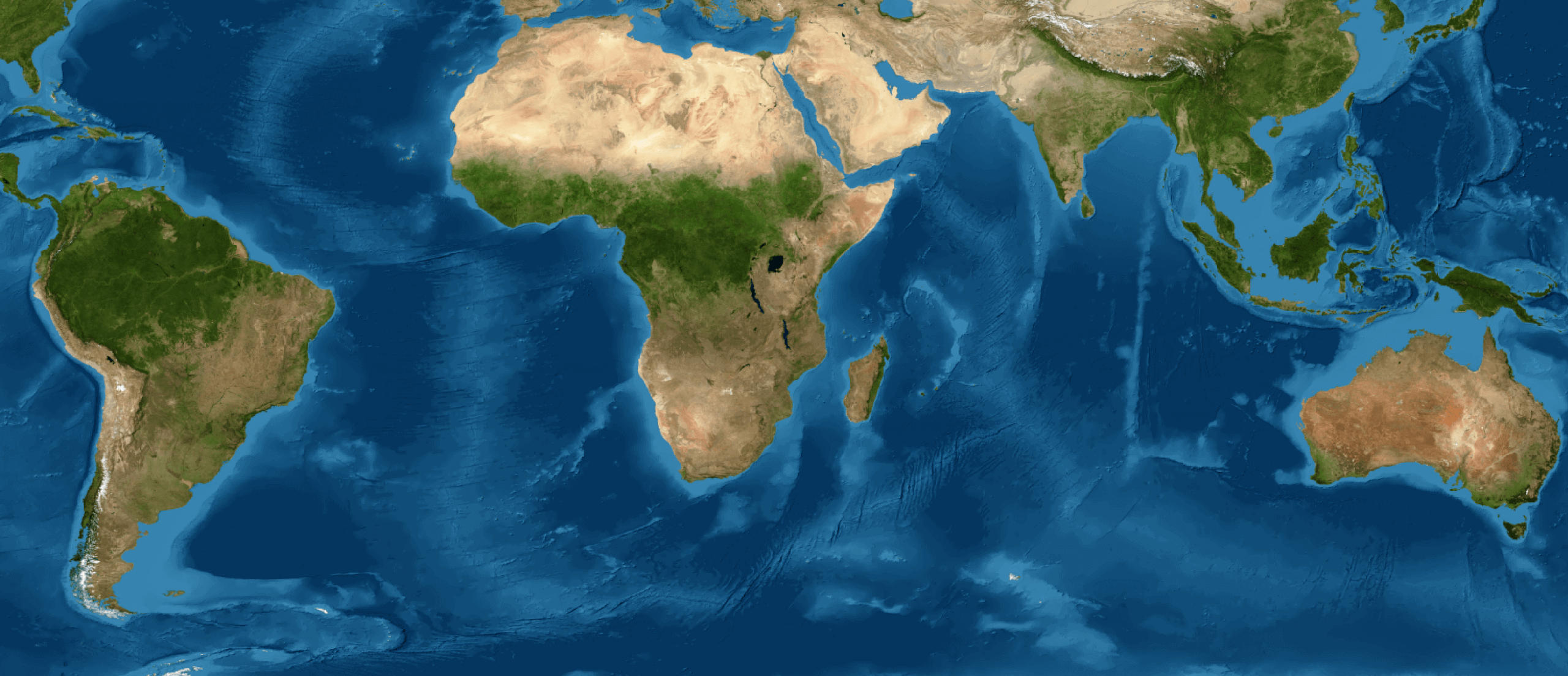(UNDER CONSTRUCTION)
BRIEF DESCRIPTION OF THE STEPS OF THE DEFORESTATION AND SECONDARY VEGETATION MODULE:
Suppression of forest and natural non-forest vegetation and secondary vegetation
1. The land cover and land use maps in Collection 10 were filtered to not allow transitions between natural and anthropized vegetation with an area smaller than half a hectare.
2. Considering the 1985 map as the baseline for the start of the algorithm execution (with the years 1985 and 1986 as confirmation), the deforestation and secondary vegetation events are established by analyzing the trajectory of each pixel according to the criteria below:
| Supression t = | VN t-2 |
| VN t-1 | |
| A t | |
| A t+1 | |
| Secondary vegetation t = | A t-2 |
| A t-1 | |
| VN t | |
| VN t+1 | |
| VN t+2 |
Where VN corresponds to any vegetation class (Grassland Formation, Flooded Field and Wetland Area, Other Non-Forest Formation, Forest Formation, Savanna Formation, Mangrove), The corresponds to any Anthropogenic Use class (Agriculture, Planted Forest, Pasture, Mining, Aquaculture, Urban Infrastructure, Other Non-Vegetated Areas) and t = 1987,…, 2022.
3. Based on the analysis of the trajectory over the time series, the algorithm allocates each pixel in one of the classes established for the product (see color palette at the end of the document):
| Class. | Description | Value |
| Anthropic | Indicates permanence in any class of Anthropic Use since the base year or trajectories with Primary Veg Suppression event or Secondary Veg event in previous years. | 1 |
| Indicates Deforestation event, in a given year t, in a pixel previously allocated in the Veg class. Primary, after which the pixel is allocated in the Anthropic class (in t + 1). | Indicates absence of deforestation event: permanence since the base year in one or more classes of Natural Vegetation or transition to class of Anthropic Use with permanence in this class for a period shorter than established (item 2.) | 2 |
| Secondary Veg. | Indicates trajectory with the presence of a Recovery for Secondary Veg event in previous years. | 3 |
| Primary Veg. Suppression | Indicates Deforestation event, in a given year t, in a pixel previously allocated in the Secondary Veg class, after which the pixel is allocated in the Anthropic class (em t+1). | 4 |
| Recovery for Secondary Veg. | Indicates a Secondary Vegetation event in a given year t, after which the pixel is allocated to the Secondary Veg class (em t+1). | 5 |
| Secondary Veg. Suppression | Indicates Deforestation event, in a given year t, in a pixel previously allocated in the Secondary Veg class, after which the pixel is allocated in the Anthropic class (em t+1). | 6 |
| Ruído | Classes não consideradas na dinâmica de vegetação (ex: água) | 7 |
For further details about the deforestation and secondary vegetation module method, access this ATBD appendix. ATBD appendix.
For Collection 10:
- The year of the last deforestation is 2024. For this year, since it is not possible to have the following year for confirmation, a rule was applied using 2021, 2022, and 2023 as natural and a loss greater than values of 1 to 3 hectares. This value varies according to the biome and is documented in the ATBDs for each biome.
- The last year of recovery for Secondary Vegetation is 2022, because it needs to be confirmed in 2023 and 2024. In 2023 and 2024 there is only Suppression of Secondary Vegetation.
- In the case of Secondary Vegetation age, the starting point is considered to be the first year that recovering vegetation reaches the native vegetation standard. More specifically, for forest vegetation, it is the moment when the canopy cover standard reaches the pattern considered native for the specific biome or region. Starting from that year, every year this vegetation is maintained is counted up to the year chosen for analysis.

